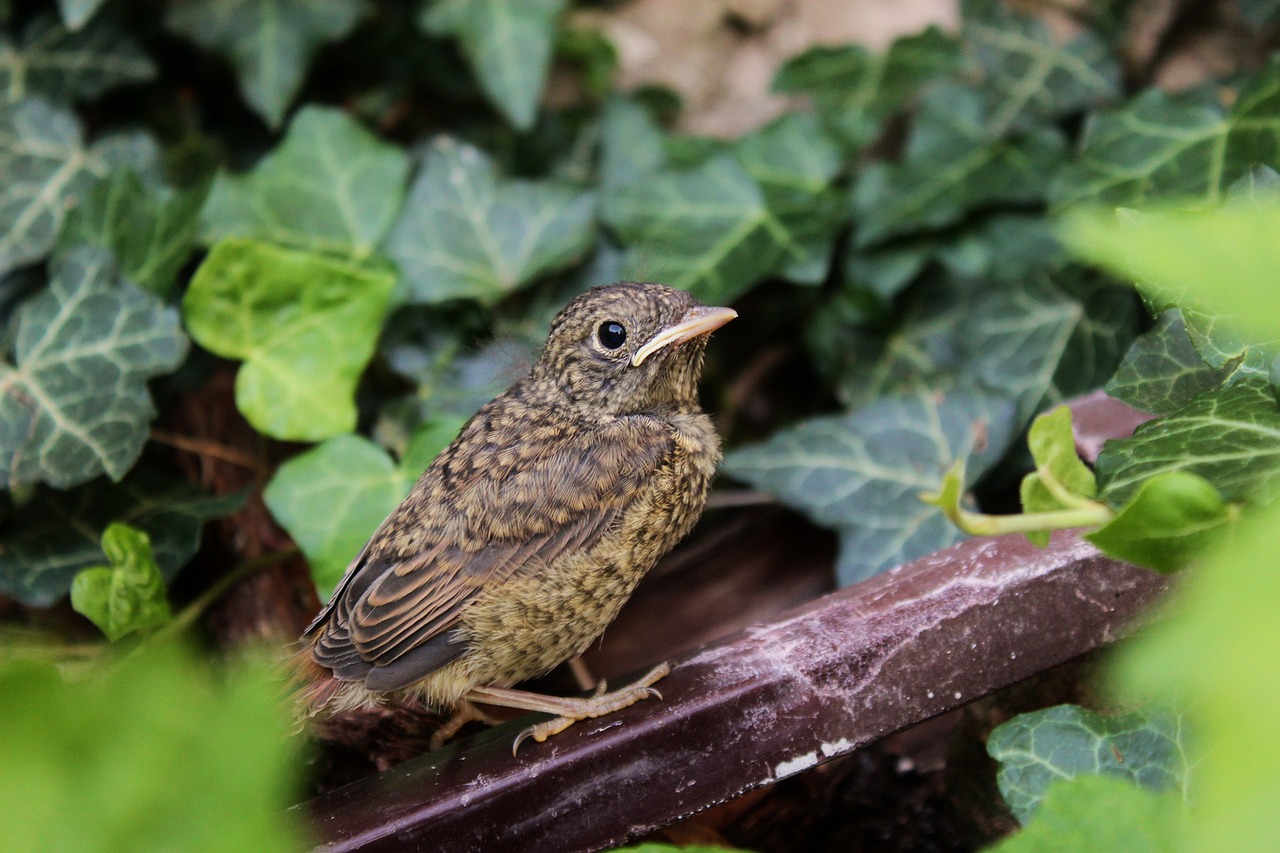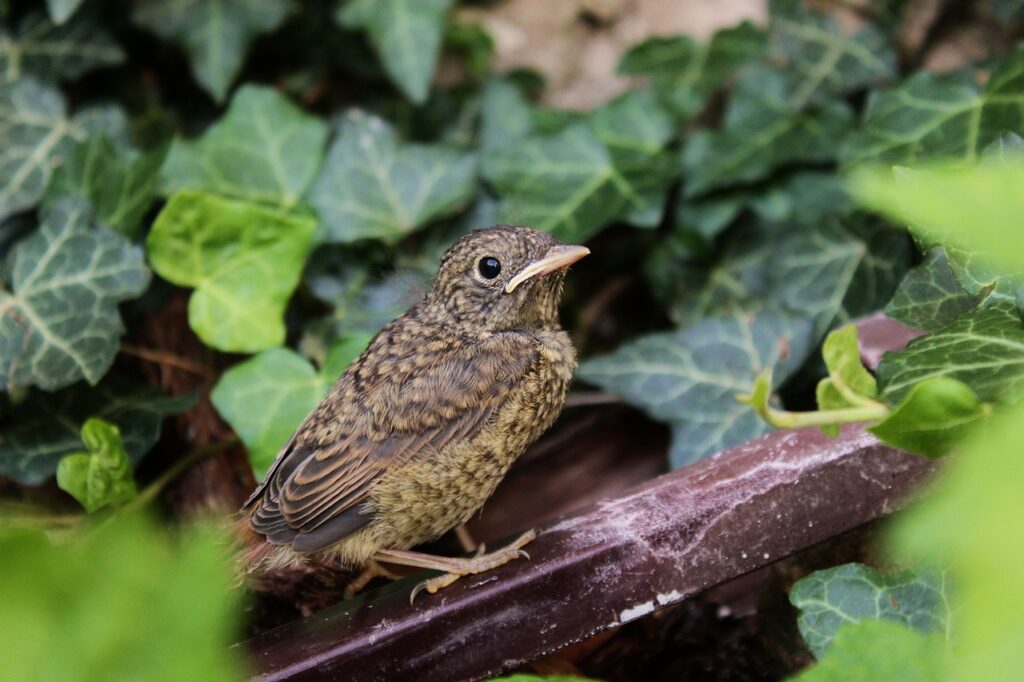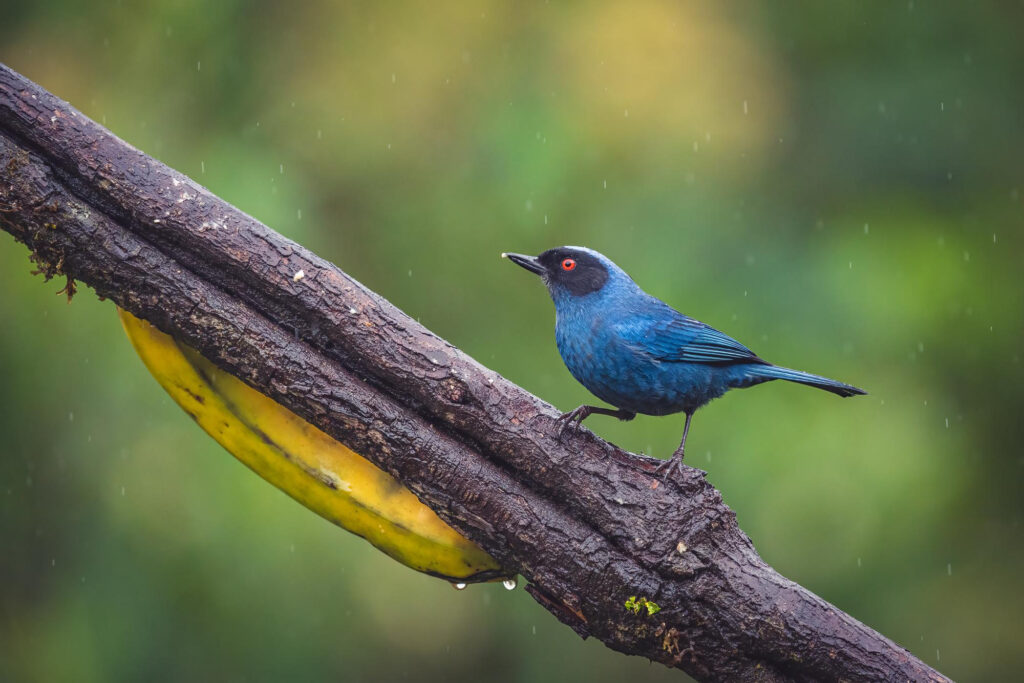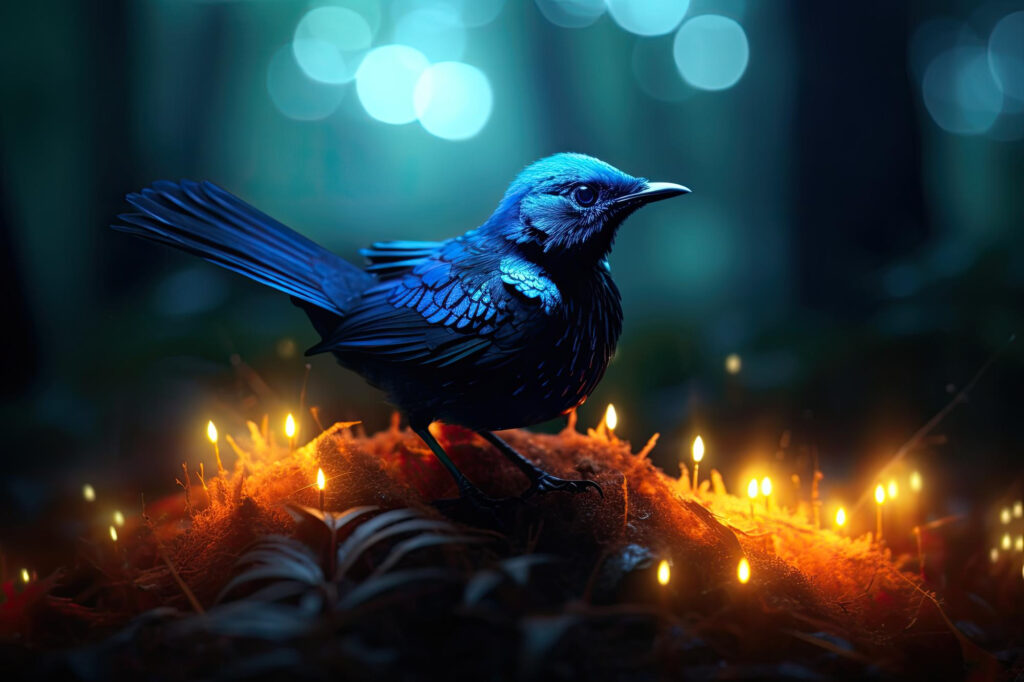Reflect on the theme of art and its relationship to nature in “Ode to a Nightingale”. How does Keats explore the interplay between artistic creation and the natural world?
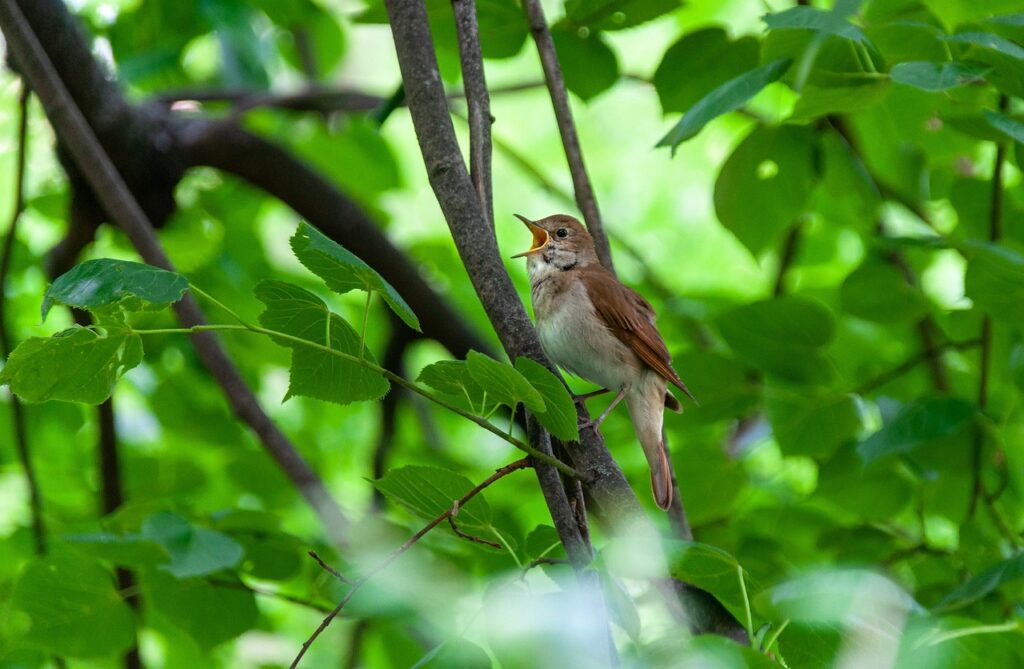
Theme of Art and Nature in Ode to a Nightingale
“Ode to a Nightingale” by John Keats is a timeless exploration of the complex interplay between art and nature. The poem delves into the profound connection between human creativity and the natural world, delving into the ways in which art both mirrors and transcends the transient beauty of nature. Through vivid imagery, philosophical reflections, and emotional depth, Keats masterfully navigates the relationship between artistic creation and the eternal realm of the nightingale’s song. In this analysis, we will delve into the intricate web of themes, images, and ideas that Keats employs to examine the interplay between art and nature in “Ode to a Nightingale.”
Introduction: Art and Nature in Harmonious Discourse
“Ode to a Nightingale” opens a gateway to the interwoven tapestry of art and nature. The poem’s lyrical beauty and meditative tone provide a fitting backdrop for Keats’ exploration of how art and nature intersect and influence each other. Keats contemplates the limitations and possibilities of human creativity in comparison to the eternal beauty of the nightingale’s song, thereby inviting readers to engage with the symbiotic relationship between artistic expression and the natural world.
Art as a Means of Escapism
Keats’ ode begins with the speaker’s yearning to escape the harsh realities of life through the nightingale’s song. He wishes to be “away, away!” (line 55) from the world’s “fretful stir” (line 56) and seeks solace in the “viewless wings of Poesy” (line 57). Here, art is portrayed as a transformative force that allows the individual to transcend the limitations of the physical world and immerse oneself in a realm of imaginative freedom.
The nightingale’s song becomes a metaphorical vehicle that carries the speaker to a state of ecstasy and oblivion. The speaker’s quest for transcendence through art reflects the idea that artistic creation serves as a pathway to escape the constraints of mundane existence and experience a heightened reality.
Nature as the Source of Artistic Inspiration
While the nightingale’s song serves as an inspiration for the speaker’s artistic aspirations, Keats also suggests that nature itself is the wellspring of creativity. The “cool-rooted flowers” (line 8) and “verdurous glooms and winding mossy ways” (line 5) are presented as sources of inspiration that stimulate the imagination. The act of “listening” to the nightingale’s song is compared to “a draught of vintage” (line 11), highlighting the intoxicating and invigorating effect of nature on the creative spirit.
Keats’ portrayal of the nightingale’s song as a product of nature underscores the notion that art is intrinsically linked to the rhythms and patterns of the natural world. The poet’s role is not that of an inventor but rather a translator, capturing the essence of nature’s beauty and transferring it onto the canvas of words.
Art as a Reflection of the Transient and Eternal
Keats skillfully explores the duality of art as both a reflection of the transient and a conduit to the eternal. The nightingale’s song is described as a “flowery tale” (line 73) that can “melt into the air” (line 74). This imagery conveys the ephemeral nature of artistic creation, highlighting how even the most exquisite works of art are susceptible to fading and dissolution.
However, the ode also presents a counterpoint to this transience by depicting the nightingale’s song as immortal and unchanging. The phrase “Thou wast not born for death” (line 61) underscores the enduring quality of the nightingale’s melody. In this sense, the nightingale’s song becomes a manifestation of art’s ability to transcend time and capture moments of beauty that exist beyond the limitations of mortality.
The Paradox of Art’s Imitation
Keats explores the tension between art’s capacity to imitate nature and its inability to fully replicate its essence. The speaker acknowledges that “beauty cannot keep her lustrous eyes” (line 29) and that the “soft-fall’n mask” (line 30) of nature’s loveliness will eventually decay. The allusion to the “faery lands forlorn” (line 70) emphasizes the fantastical and idealized nature of artistic representation, which can never fully capture the multifaceted intricacies of the natural world.
At the same time, Keats recognizes the power of art to evoke emotions and sensations that mirror those inspired by nature. The speaker expresses a desire to “cease upon the midnight with no pain” (line 61) and to be “as though no night had been” (line 72), suggesting that art has the ability to transport the individual to a state of profound contemplation and emotional resonance akin to the experience of nature itself.
The Elevation of Artistic Expression
Keats elevates the act of artistic creation to a spiritual and transcendent realm. The phrase “viewless wings of Poesy” (line 57) conveys the idea that art possesses an ethereal quality, allowing the artist to soar beyond the confines of the material world. The speaker’s desire to “fade far away” (line 55) and be carried on the nightingale’s wings reflects the belief that art can transport the creator to a state of higher consciousness and illuminate the mysteries of existence.
The allusion to the “spicy wreaths of incense” (line 27) likens the act of artistic creation to a sacred ritual, suggesting that the artist’s endeavors are a form of devotion and reverence to the beauty of the natural world. This metaphor emphasizes the transformative and ritualistic nature of art, which enables the artist to channel their innermost thoughts and emotions into a tangible form of expression.
The Ineffable Nature of Art and Nature
Throughout “Ode to a Nightingale,” Keats grapples with the challenge of conveying the ineffable qualities of both art and nature through language. He acknowledges that the nightingale’s song is “too happy in thine happiness” (line 38) to be adequately captured in words. The speaker’s plea to “leave the world unseen” (line 41) reinforces the notion that some experiences are too profound and sublime to be fully articulated.
This theme of ineffability aligns with the Romantic belief in the limitations of language in capturing the depth and complexity of human emotions and experiences. The interplay between art and nature serves as a reflection of this inherent struggle, prompting the reader to recognize the boundaries of language while simultaneously appreciating its ability to evoke powerful emotions.
The Role of the Imagination
Keats’ exploration of the relationship between art and nature underscores the central role of the imagination in both creative endeavors and the perception of the world. The nightingale’s song acts as a catalyst for the speaker’s imagination, transporting him to a realm of heightened sensory experience and contemplation. The act of “listening” to the nightingale’s song becomes a form of imaginative engagement, wherein the individual is able to transcend the boundaries of reality and immerse themselves in a sensory-rich experience.
The speaker’s desire to “easeful Death” (line 60) through the nightingale’s song highlights the transformative potential of the imagination. In envisioning a state of “drowsy numbness” (line 2) and “beaded bubbles winking at the brim” (line 9), the speaker employs the imagination to evoke a sensory and emotional response that transcends the limitations of the physical world.
Conclusion: A Fusion of Art and Nature
“Ode to a Nightingale” encapsulates Keats’ profound exploration of the relationship between art and nature. Through the intricate interplay of imagery, allusions, and philosophical reflections, Keats invites readers to contemplate the ways in which art and nature intertwine, influence, and elevate each other. The poem serves as a testament to the enduring power of artistic creation to capture the essence of nature’s beauty and convey the ineffable qualities of the human experience. As readers navigate the nuances of the interplay between art and nature within the poem, they are invited to engage with their own understanding of creativity, imagination, and the profound connections that bind humanity to the natural world.
*****
Read Nore:
More Questions and Answers from Ode to a Nightingale by John Keats

